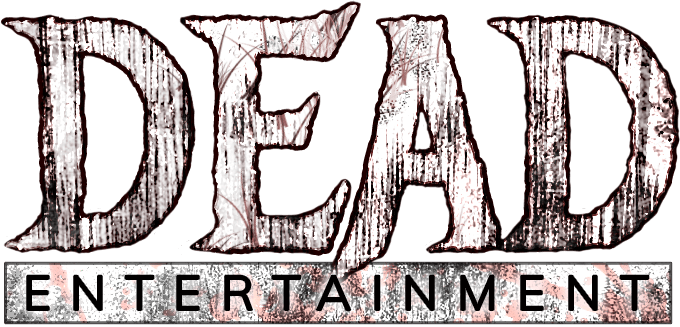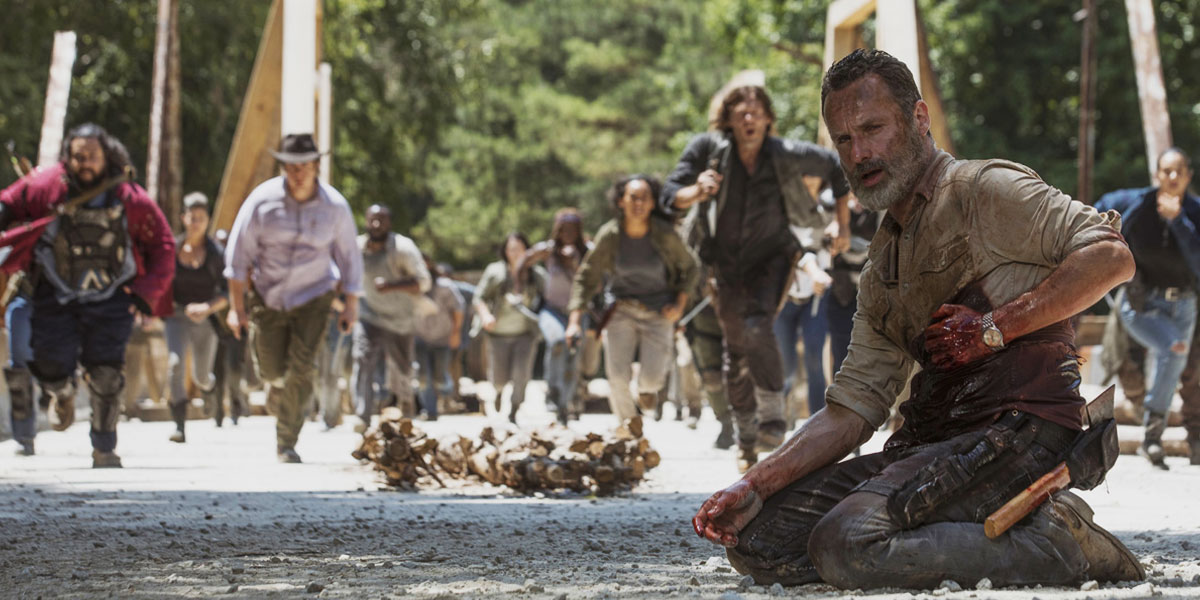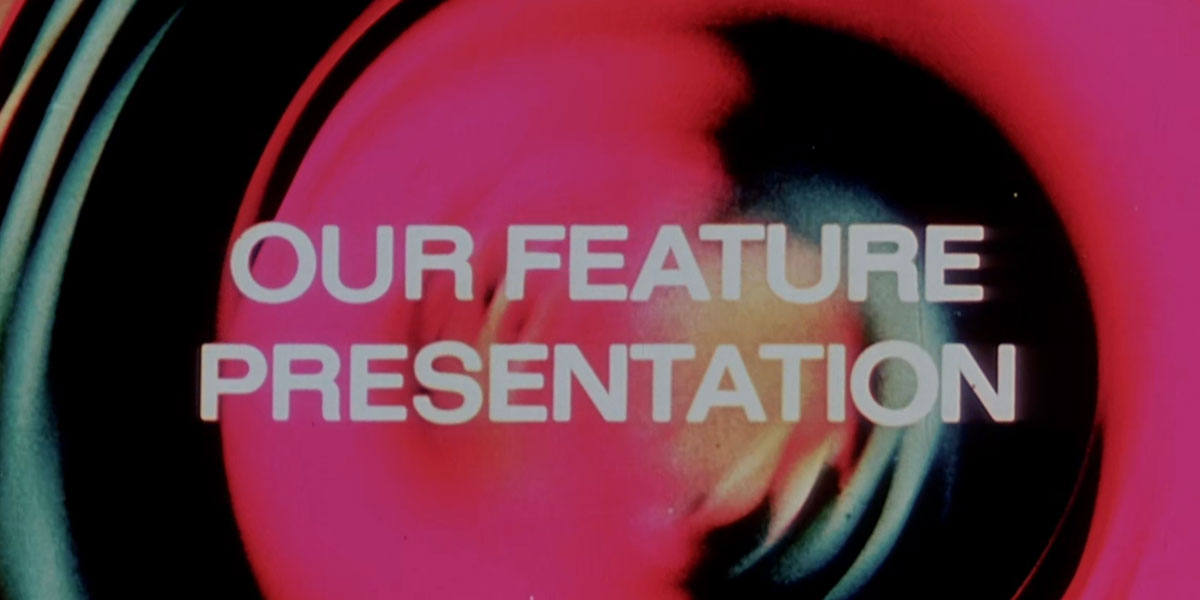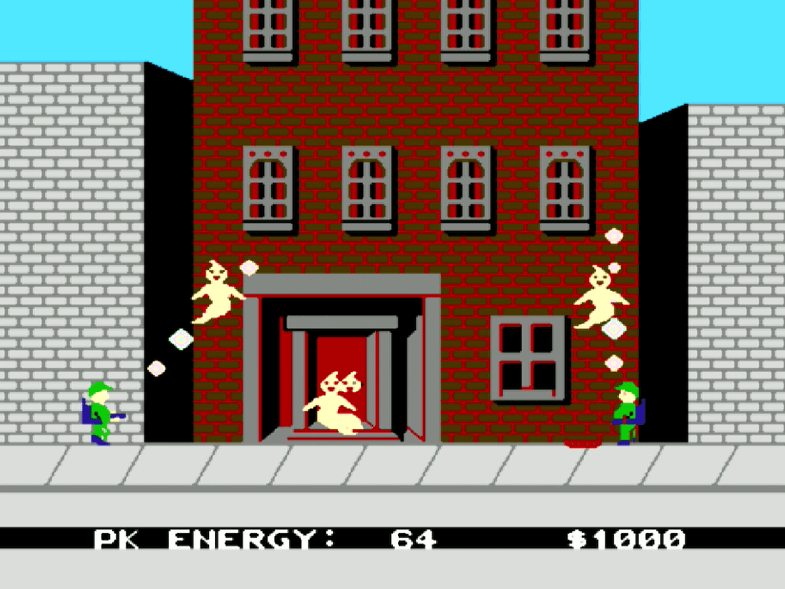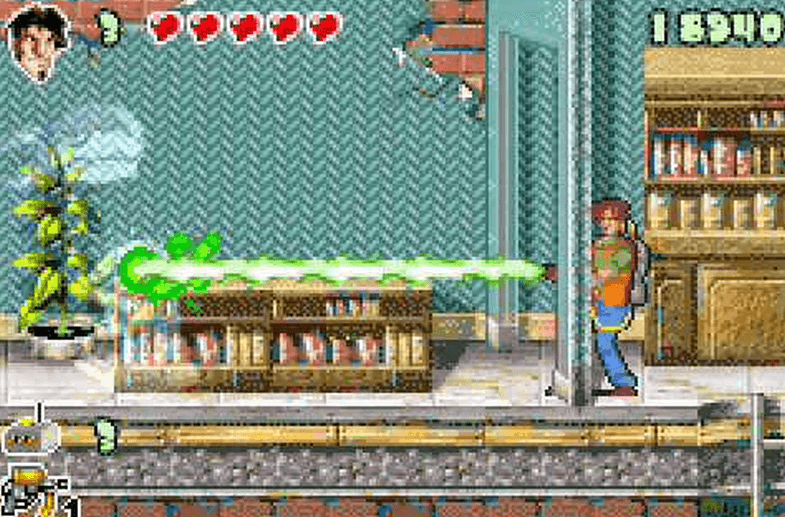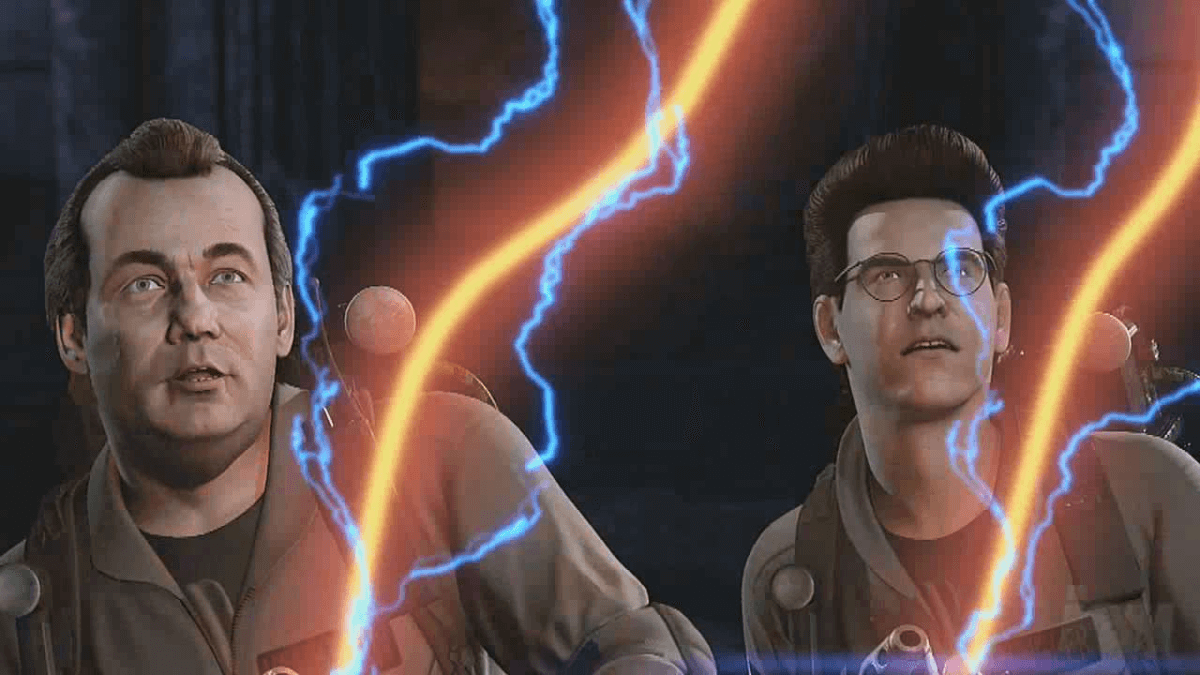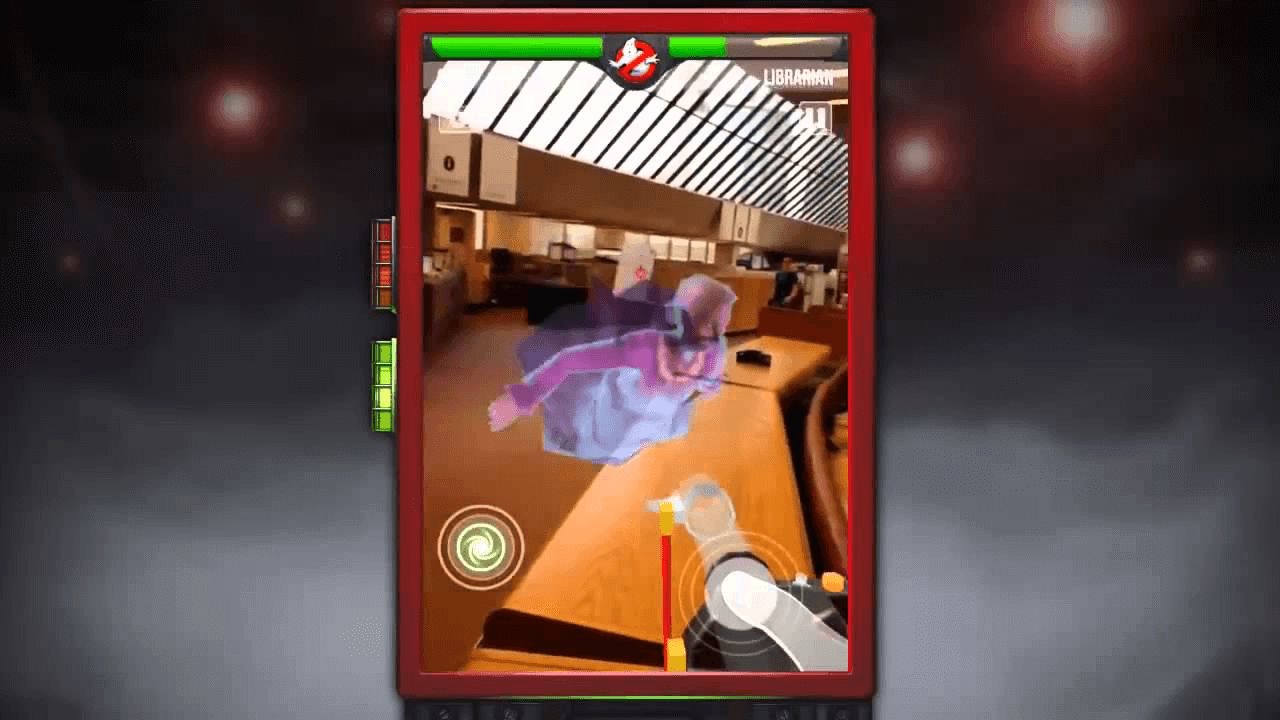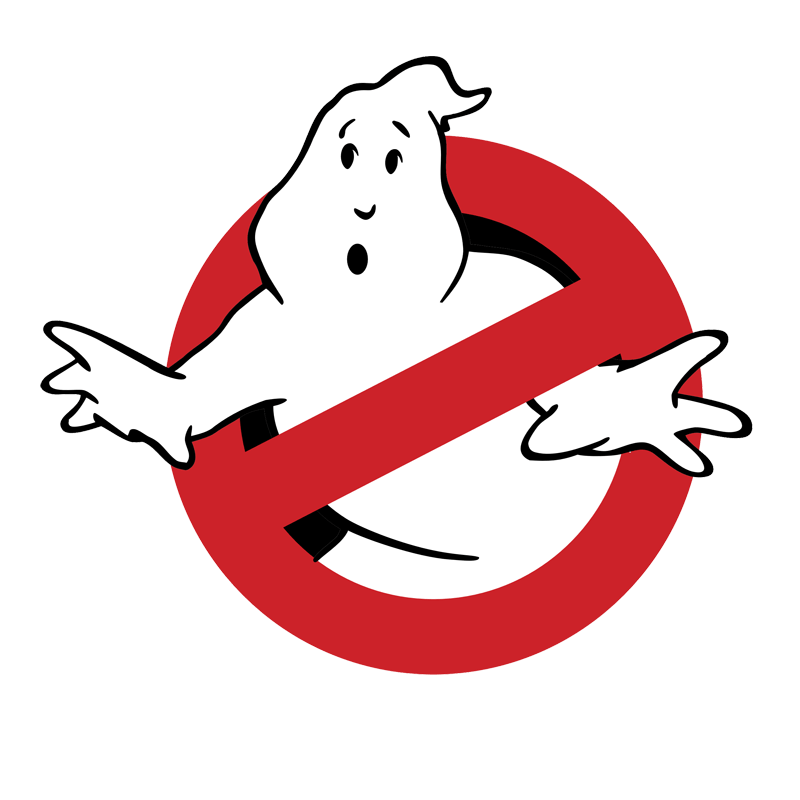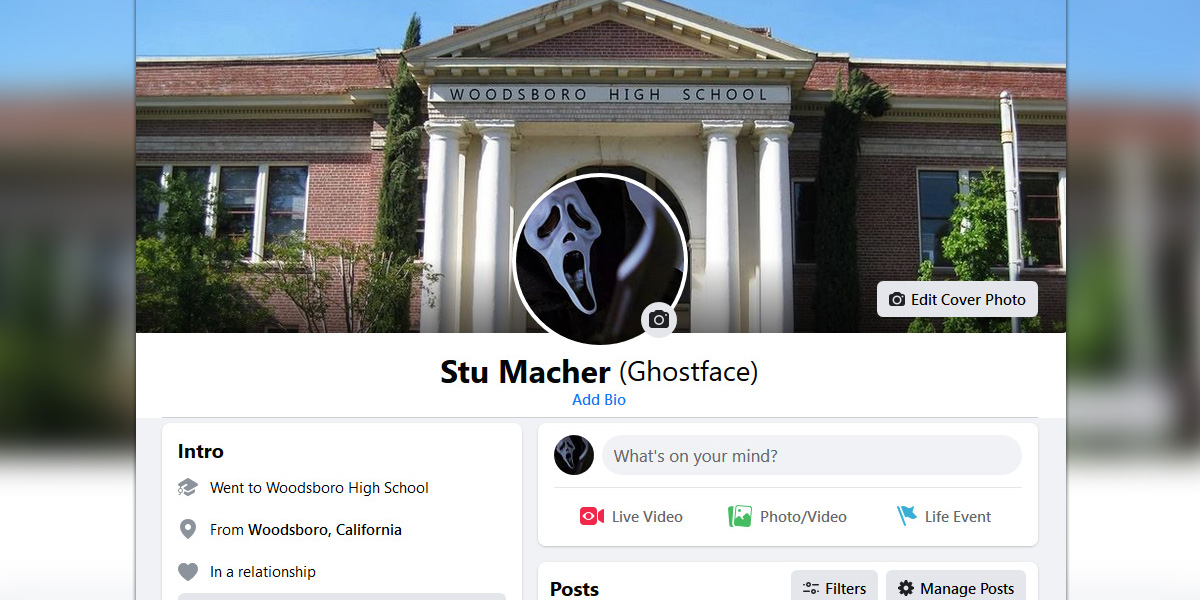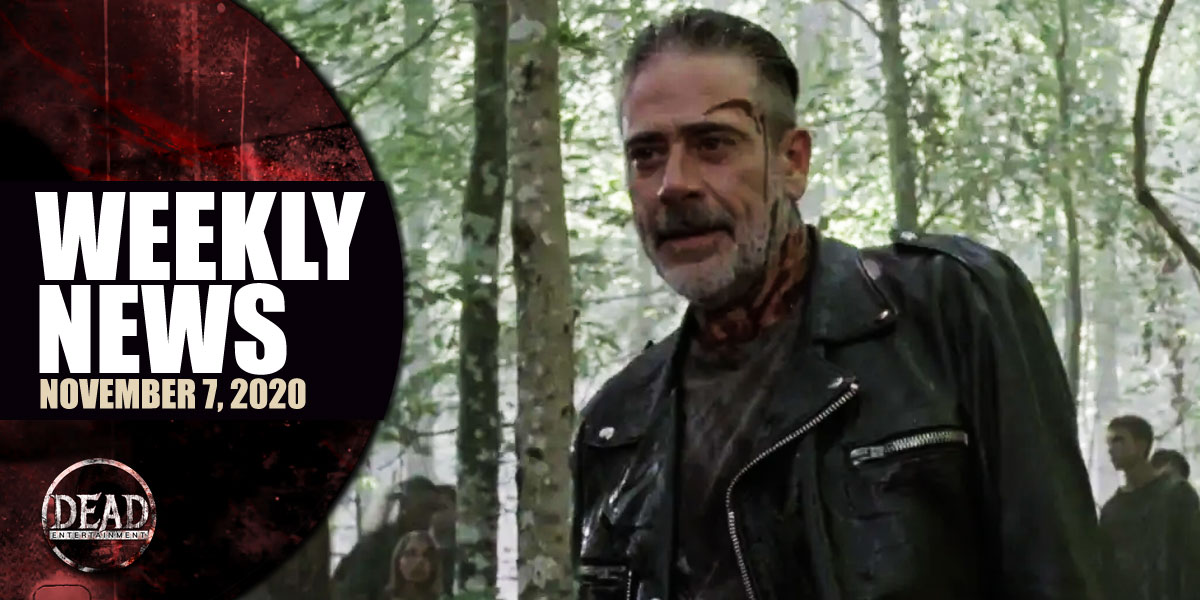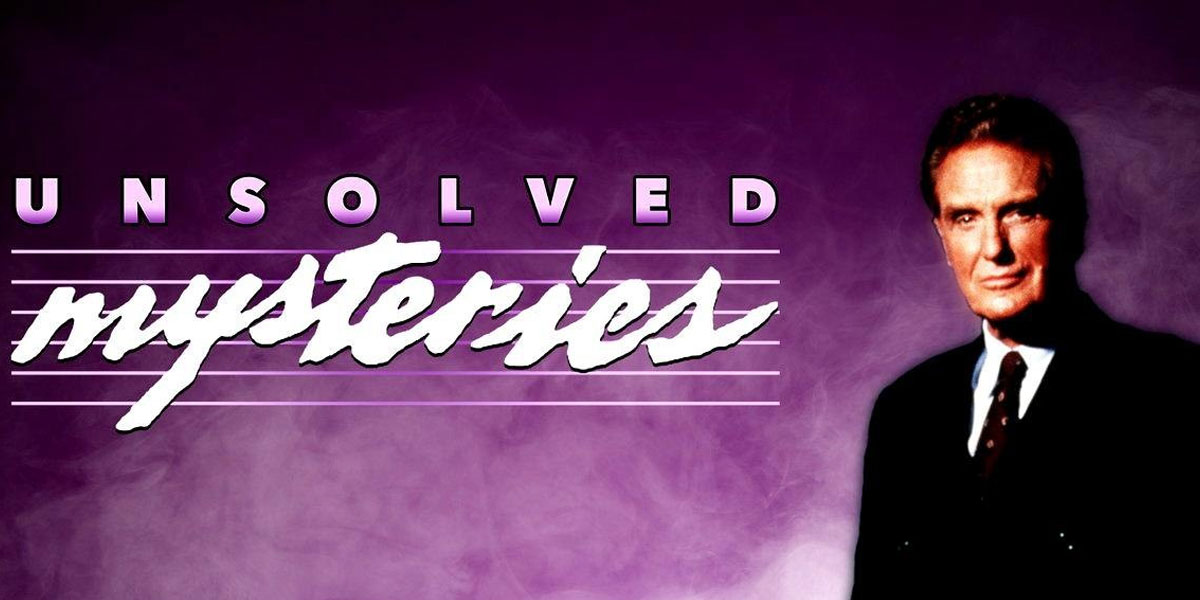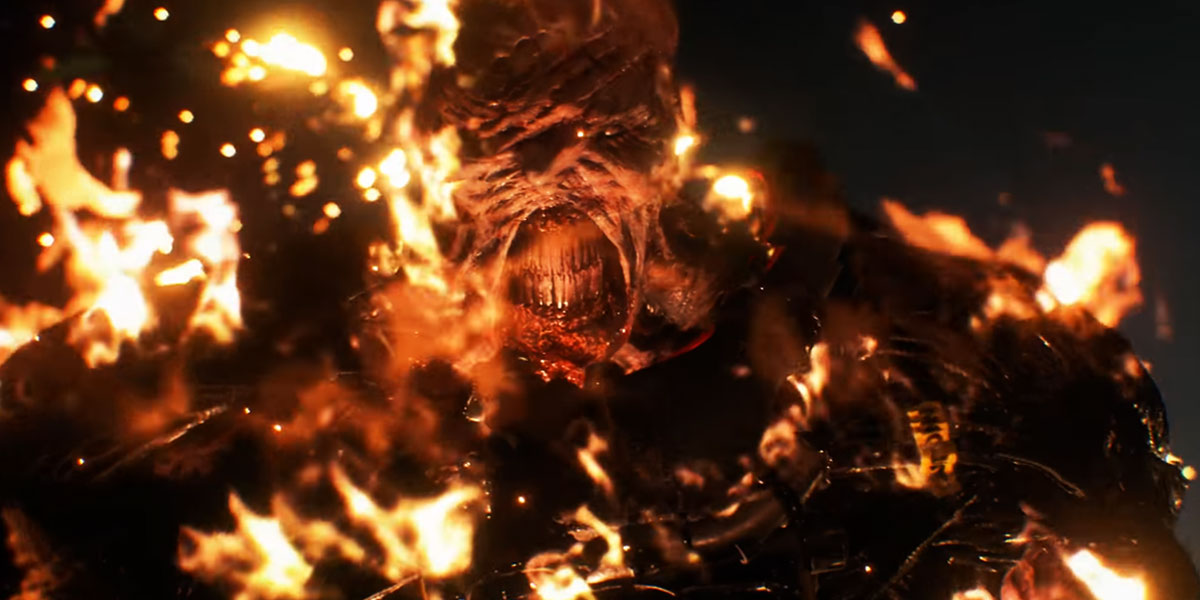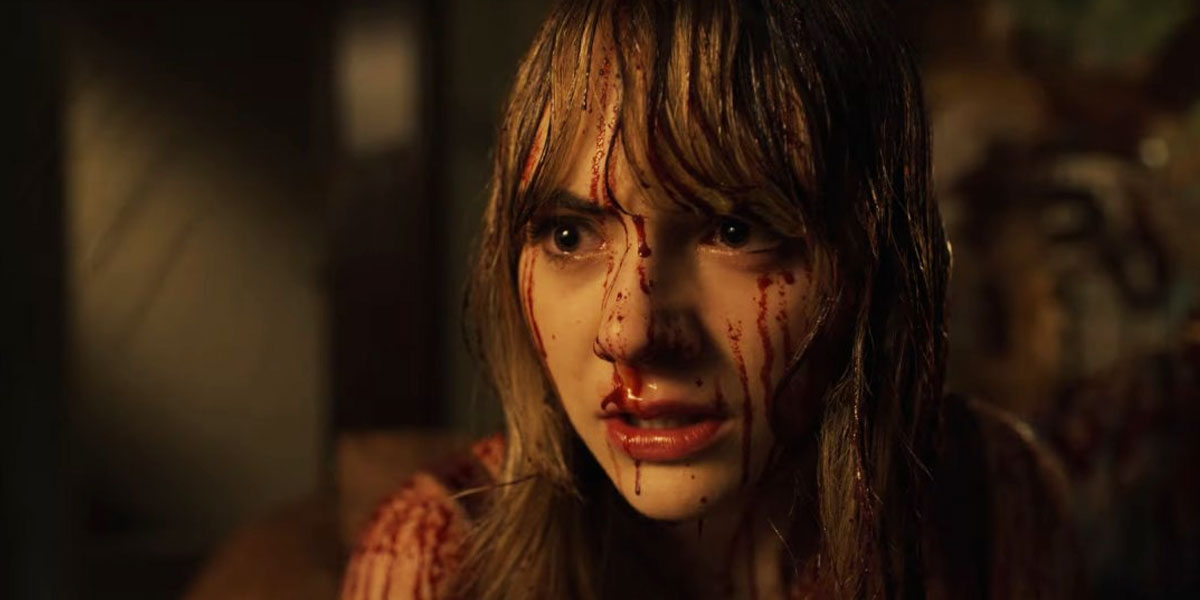A Disaster of Biblical Proportions: A History of Ghostbusters Video Games
Ghostbusters is your favorite game? Which one?
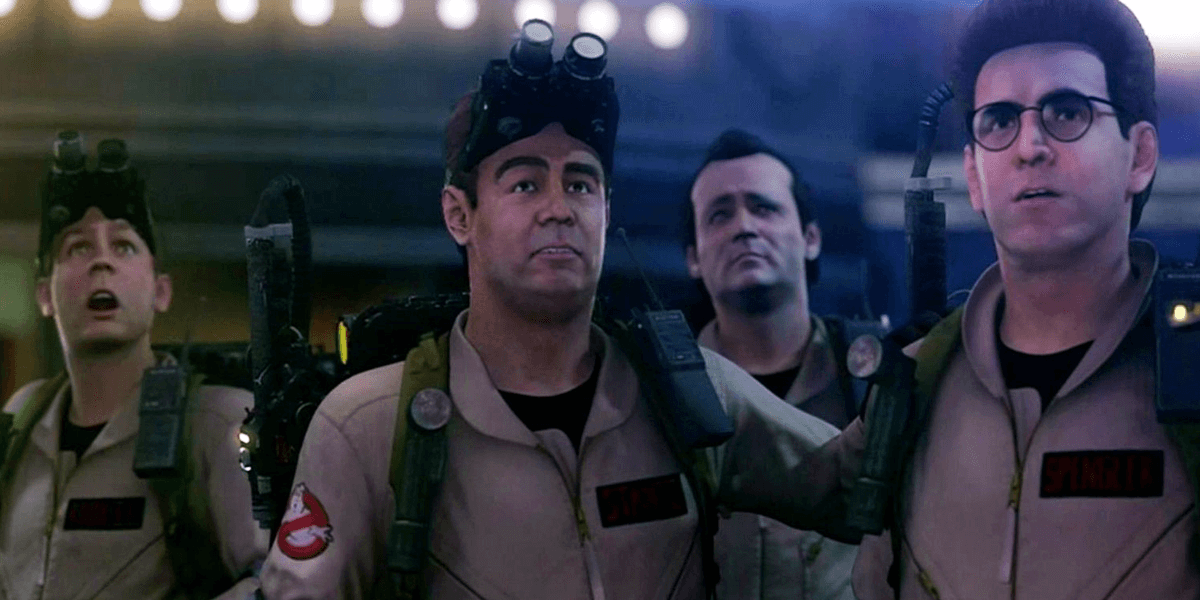
Ghostbusters is a hugely popular supernatural comedy franchise that likely needs no introduction. Pretty much everyone knows about the Ghostbusters, even if it's just the catchy theme by Ray Parker Jr. Despite there only being two original films and a reboot, they have inspired a huge expanded universe consisting of animated television shows, comics books, and, yes, video games. A lot of video games, actually.
While researching for this article, it was surprising to find that there have been almost 20 different Ghostbusters games over the years. Also, for some reason, almost all of them are just named Ghostbusters, which is not confusing or anything. As such, in honor of Ghostbusters Day, we will take a look back at the history of the franchise's digital ghost-trapping adventures and try to not cross the streams along the way.
What You Gonna Play? Ghostbusters!
In 1984, to coincide with the original release of Ghostbusters, the world got its first game based on the property. Produced by Activision, originally for various home computers, it was later ported to pretty much every other console available at the time, including the Atari 2600, Sega Master System, and the Nintendo Entertainment System.
The NES version is probably the most famous due to it being the subject of an early episode of popular YouTube series The Angry Video Game Nerd, which makes sense since most gamers and critics consider this version to be the worst. Game designer David Crane had actually been working on a different game altogether, called Car Wars, which was almost finished by the time Activision acquired the Ghostbusters license. As such, that game was basically re-skinned and reportedly completed in only six weeks, of which one week was spent on the loading screen and nailing the movie's now-famous theme in MIDI form.
Likely a result of its origins as Car Wars, Ghostbusters players selected from one of four cars to move around an open-world map to different areas of New York City. It then switched over to a small driving sequence where you basically just have to not wreck the Ecto-1. Once players arrived at their destination, they got out on foot to capture some ghosts, earning money which would then be used to buy new equipment. Rinse and repeat over and over again.
Eventually, players could enter the Zuul building on the map and begin their ascent into madness towards the game's conclusion. However, good luck making it up all 23 flights of stairs without the use of a turbo controller or cheats. If you did manage to make it, you'd be treated to an equally difficult boss fight against Gozer. The cherry on top is the awesome final screen you get for beating the game. Hey, it wasn't a perfect game by any means, but it was the first in what would become a long line of Ghostbusters games.
We Came. We Saw. We Kicked its Ass.
Following the release of Activision's Ghostbusters game, there were several years of silence. No new games in the franchise were being produced, at least until the release and popularity of Japanese animated series The Real Ghostbusters in 1986. This led Data East to create a top-down shooter arcade cabinet based on the cartoon the following year, which was later ported to home computers such as the Commodore 64, Amiga, and the ZX Spectrum.
Strangely enough, in Japan, where the animated show arguably had the most popularity, The Real Ghostbusters game was released instead as Labyrinth Hunter G, declining to the use the license at all. This was almost a completely different game altogether and was reworked beyond a simple re-skin, making the decision all the more puzzling.
In 1989, Ghostbusters fans finally got the long-awaited movie sequel they had been hoping for, Ghostbusters II. This, of course, meant Activision was looking to cash in with another video game tie-in, and, oh boy, did they by releasing multiple versions of the same game on different platforms.
They made versions of the game for home computers, the NES, and even worked on a version for the dying Atari 2600. While most of the home computer versions mirrored each other closely, basically just recreating popular sequences from the film for its levels, the DOS version created by developer Dynamix was completely different from the others and allowed players to choose where they wanted to go, either capturing ghosts or collecting samples from the river of slime.
History apparently repeated itself in regard to the NES version, just like their previous effort, as it was known for being notoriously difficult to complete for seemingly no reason, but remained in line with the home computer versions. Activision never officialy released the Atari 2600 version of Ghostbusters II, likely due to the console pretty much being dead in the water with Activision ending support for the console around that time.
It was eventually released exclusively in Europe by a company called Salu, although it remains a fairly rare game and is nothing much to write home about. Interested players can find the ROM online if they so desire, but it's basically just an even crappier, outdated counterpart to the NES version of the title.
Around this same time, Ghostbusters fans also got their very first Game Boy adventure in the form of New Ghostbusters II (released in North America without the 'New' moniker). The game was created by legendary studio HAL Laboratory, responsible for such series as Mother, Kirby, and Super Smash Bros.
Produced separately from the Activision titles, HAL created two versions of the game for the NES and original Game Boy. However, due to licensing issues with Activison, only PAL regions and Japan received the NES version of New Ghostbusters II, with Americans only getting the Game Boy version. It would seem like Activision didn't want any competition, especially since New Ghostbusters II appeared to be the much better game when comparing them on the NES.
Ghostbusters (1990) was a game produced by Sega, exclusive to the Sega Genesis. In it, chibii versions of the Ghostbusters must run and gun their way through levels full of ghosts, often fighting several mini-bosses along the way. It is nothing too remarkable, as this kind of game was pretty much the Genesis' bread and butter. This version of the game is similar in play-style to other games in the genre like Contra Hard Corps, Gunstar Heroes, and Robocop vs Terminator.
Bustin' on the Game Boy Makes Me Feel Good
After the 1990 version of Ghostbusters, the franchise's video games went on hiatus again until 1993, which saw the release of the next game, made specifically for the Game Boy, called The Real Ghostbusters. Players would take on the role of Dr. Venkman in a side-scrolling, puzzle-solving adventure inspired by games such as Crazy Castle.
Players essentially had to pick the right pathways in order to bypass enemies and progress in the game. In Japan, the game was re-skinned as a Mickey Mouse game, while in Europe it was released as a Garfield game, meaning only North America got to experience this rather unusual title. Gamers would not get another Ghostbusters game for nearly a decade after this.
The dry spell for Ghostbusters games was finally ended in 2001 with the release of Extreme Ghostbusters on the Game Boy Color, which was based on the animated show of the same name. It was a typical side-scrolling action-adventure platformer in which all of the show's ghost hunters could be selected at any time during levels in order to take advantage of their different strengths and abilities. This was followed up shortly after by a sequel on the Game Boy Advance, Extreme Ghostbusters: Code Ecto-1, which was a top-down platformer/shooter with some racing game elements thrown in for good measure.
In 2004, Europe got an actual console release in the form of Extreme Ghostbusters: The Ultimate Invasion on the PlayStation 1. The game was essentially a Time Crisis clone, allowing players to utilize the GunCon peripheral to shoot ghosts as one of the Extreme Ghostbusters. This is another case of a bizarre game in the franchise, considering the PlayStation 2 had been out for nearly four years by this point, along with the fact that it was never released outside of PAL regions, a common trend in our history lesson thus far.
Following this very late PlayStation release, fans also got their first taste of Ghostbusters on mobile phones in 2006, which was once again named only Ghostbusters. This one was a top-down puzzle game available through Verizon, Sprint, T-Mobile, and Cingular. By all accounts, it was fairly basic and forgettable. While the game was no doubt a novel concept at the time, especially at the beginning of the age of smartphones, we will see later that this would come back to haunt the series in a big way down the road.
The Closest You'll Get to Ghostbusters III
In 2009, Activison Blizzard/Atari released a new game called Ghostbusters: The Video Game. Fans soon found out that not only was this the ultimate Ghostbusters game, it was likely the closest thing they will ever get to a true Ghostbusters III sequel. Released on numerous home consoles such as the Xbox 360 and PlayStation 3, along with PC and handhelds, Ghostbusters: The Video Game featured the return of almost the entire original cast.
Dan Aykroyd, Harold Ramis, Bill Murray, and Ernie Hudson all returned to voice their characters from the film, while Aykroyd and Ramis also contributed to the game's script. Taking place two years after the second film, players assumed the role of the newest Rookie Ghostbuster and were tasked with helping the original crew once again save New York City from paranormal destruction. The story featured numerous callbacks to the films and built upon the foundation of the franchise.
Ghostbusters: The Video Game was essentially a third-person shooter with an optional first-person view that allowed players to live out their fantasies of hunting ghosts. Players got to explore different environments to seek out ghosts and cursed artifacts, even getting to revisit locations from the film such as Sedewick Hotel.
Just like in the movies, ghosts must be weakened with the use of the proton pack before they can be captured and slammed into a trap. Players could spend any money earned to buy upgrades and new proton pack abilities. One cool feature is that the game keeps a record of the monetary damage caused by the player throughout the campaign, which it displays at the end and even awards Achievements for.
Ghostbusters: The Video Game even had online multiplayer on the Xbox 360 and PlayStation 3, allowing up to four players to team up and do some cooperative ghost bustin' together. With a solid story, the return of the actual cast members, and even a fun online component, it's no wonder why this 2009 iteration of the game was so well received and stands as the highlight of the franchise's video game adventures.
Ghostbusters: Sanctum of Slime was a direct sequel to the 2009 game that released as a download-only title in 2011. It featured a top-down perspective reminiscent of a bullet hell shoot-em-up where up to four players could join up online. The game also featured four brand new characters. While nothing particularly special, it was still a solid game overall and is still worth a play if you enjoy a more arcade-style experience.
Don't Look Directly into the Trap!
They say that lightning strikes only once, and maybe twice. The same could be said for a legitimately great Ghostbusters game. In the years since the release of the 2009 game, there has not been much to be excited for, Fans of the franchise have only gotten a poorly-received game based on the reboot along with a series of mobile phone games. There was also a cameo appearance in the "toys to life" game Lego Dimensions if that counts.
On the mobile front, Ghostbusters: Paranormal Blast was a 2012 augmented reality mobile game made available for iOS, similar in style to Pokemon Go but with ghosts, while 2013 saw the release of another mobile game called simply, you guessed it, Ghostbusters. Die-hard fans of the series saw this release as a fun little time waster, but it was not really worth pouring money into the "pay-to-win" elements that were so popular in mobile games of the time.
Our mobile line-up of games is topped off by FarSight Studios' 2014 Ghostbusters Pinball mobile game as well as Ghostbusters: Slime City, which was released in 2016. In terms of the mainstream gaming market, these games have been pretty forgettable, but fans at least got a few entries to take with them on the go.
Final Thoughts
Our journey through Ghostbusters video game history has certainly been a strange one, with several installments going through all kinds of unusual licensing issues and some winding up as completely different titles altogether. It takes a true love for the Ghostbusters franchise to appreciate some of these games, but there they were anyway.
Among all of this, though, fans were handed one gem in the form of 2009's Ghostbusters: The Video Game. Following the passing of Harold Ramis in 2014, this marked the last time we got to see the original team reunite in our best shot at an actual Ghostbusters III. While we are all glad we got to see our heroes in action one last time, it is safe to say that many Ghostbusters games have been, in the words of Dr. Peter Venkman, disasters of biblical proportions, but we're glad to have them nonetheless.
Happy Ghostbusters Day!
More Reading

Weekly Horror News Round-Up April 4: Latest Coronavirus Postponements, Train to Busan, Resident Evil 3
Plus, Friday the 13th gets a board game, Godzilla comes to Magic: The Gathering, Hideo Kojima wants another crack at horror, and more.
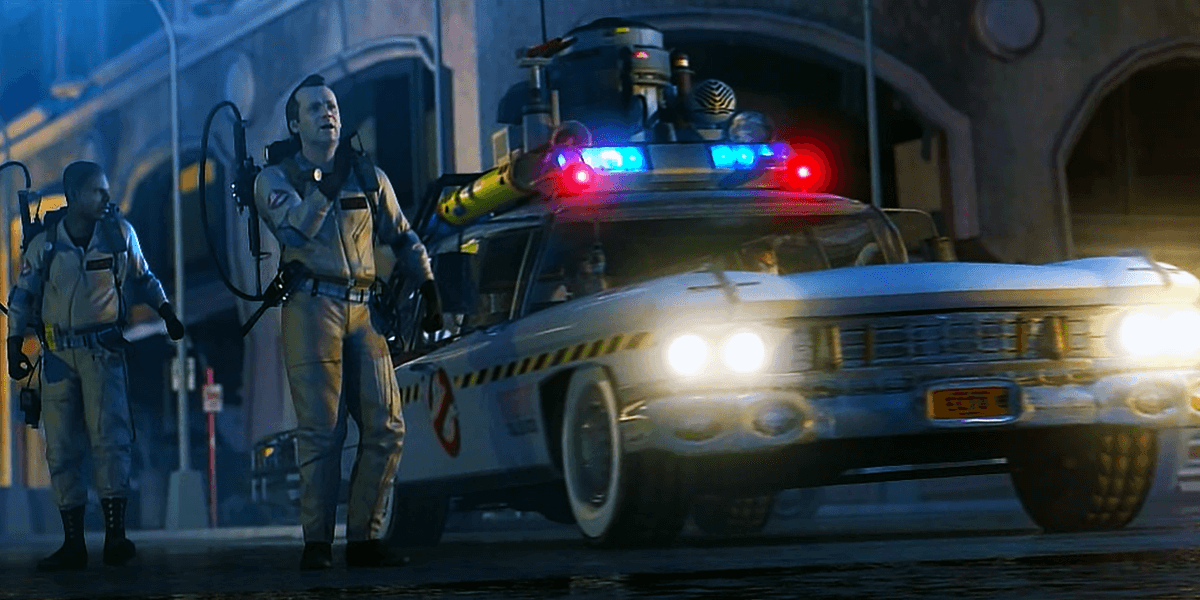
Ghostbusters: The Video Game Remastered Finally Catches a Release Date
You won't have to wait long to get your hands on this classic game.
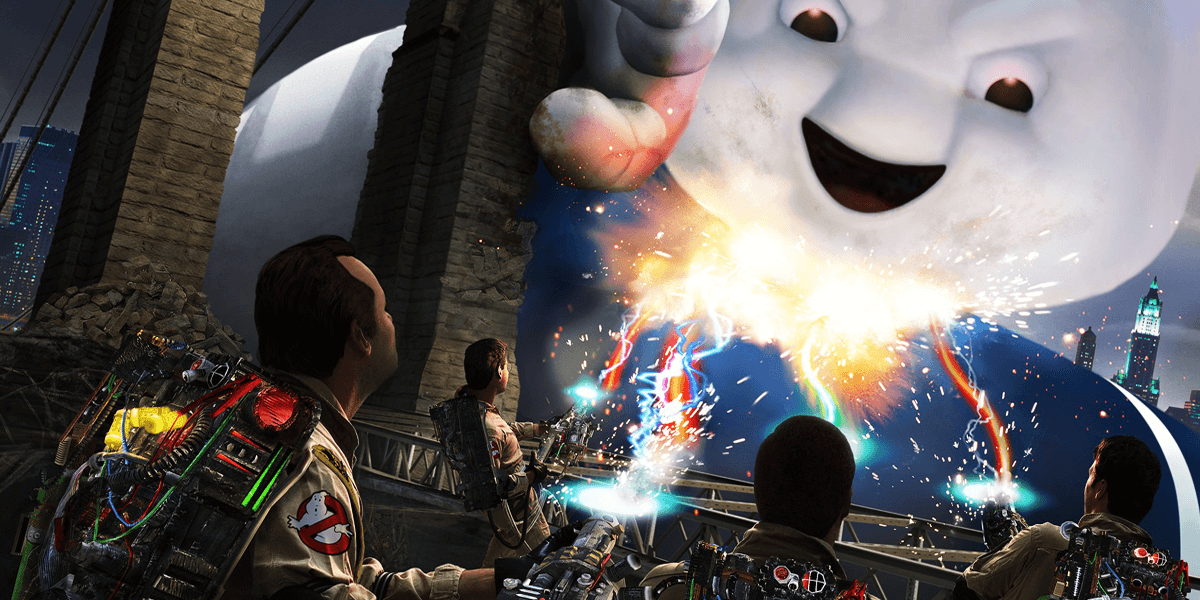
Multiplayer for Ghostbusters: The Video Game Remastered Being Rebuilt from the Ground Up
This unfortunately means the re-release won't ship with the feature, but rather the revamped experience will arrive in a later update.

The Ghostbusters Are Joining Rocket League's Radical Summer
A special crossover event will bring players the Ecto-1 and plenty of '80s nostalgia in the process.
